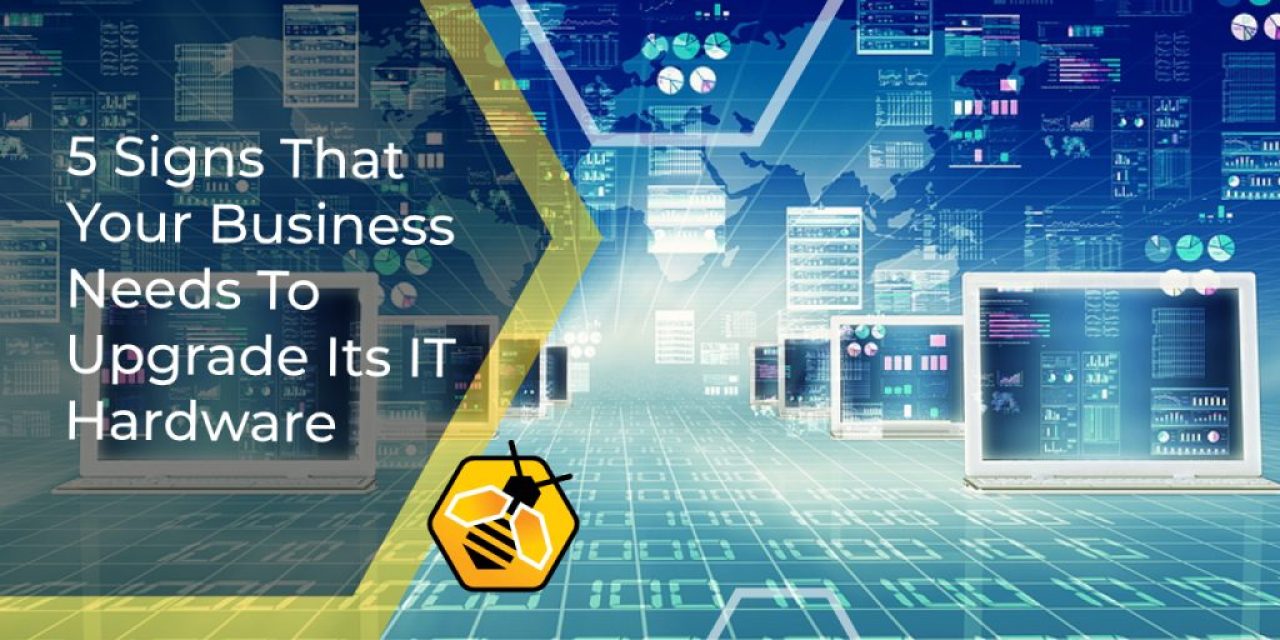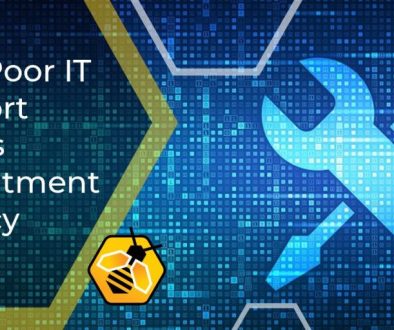5 Signs That Your Business Needs To Upgrade Its IT Hardware
It is now essential for businesses to have the right technology in place to serve its aims and meet the needs of its customers. Outdated hardware not only makes your business less efficient and competitive, but it can also put you and your customers at risk of security breaches.
However, in the thick of busy day-to-day operations, it can be easy to overlook those IT niggles or kick the can further down the road. However, this is only staving off the inevitable need for progress, and it can lead to a very costly and disruptive crash. Therefore it pays to stay ahead of the game. Here are some signs that your IT systems are due for an upgrade.
Slow performance
The most obvious sign that all is not well is that the system is draining operations time. For example, the IT system takes several minutes to boot, the applications run slowly, and tasks that should take a few seconds to complete are dragging on ever longer. This eats into productivity and is frustrating for workers who can’t perform as efficiently in their roles.
Frequent downtime
Increasing incidents of IT downtime is another clear sign that your IT system is in serious need of some attention. Frequent crashes impact productivity and make your business less competitive. If it affects your customer-facing services, it can damage the reputation of your business and send customers looking elsewhere or leaving negative online reviews.
Upgrading your hardware should iron out these blips and provide you with the right tools to get the job done without any exasperating interruptions.
Security vulnerabilities
If security patches are no longer released for the products you are using, then your business is significantly more vulnerable to cyber attacks and malware. Incidents of security breaches and even ransom attacks have risen sharply in the past few years, and a security incident could lead to data protection breaches, and destroy the reputation of your business.
Therefore you should always take a proactive approach to security upgrades, particularly if the majority of your devices are three years old or older. This may mean greater initial investment, but it is also insurance against a financially devastating cyberattack.
Your business is growing
If you are taking on more staff and expanding your premises, then it is likely that your current system is operating at the very limit of its capacity, or is even overstretched. This means that the whole system will run more slowly, you may run out of storage space, and will be more at risk of crashes.
The best solution is to upgrade your hardware in line with business growth, to ensure that operating systems continue to run smoothly and efficiently. Otherwise, slow or unreliable IT will detract from some of the extra productivity you should be seeing from investing in extra staff and office space.
Your devices are increasingly incompatible with new software
For your business to remain competitive, it’s essential that you install the latest software. If you jog along with the same tools year after year, you will find that rival businesses begin to stride ahead as they expand their capabilities and offer customers the benefit of the latest software innovations.
If you run an ecommerce website, you may find that your bounce rate is increasing, you are sliding down the search engine results pages, and visitors are increasingly abandoning their journey through your website. Customers now expect fast loading pages across a range of devices, including phones, tablets, and desktop computers.
They also expect to have access to digital features such as AI assisted customer service, a range of different payment options, downloadable tickets and receipts, and so on. If you can’t provide these convenient and time-saving services that are available via competitor sites, you may see a dip in site visitors, conversion rates and sales.
What to do if you decide to upgrade
Once you have decided it’s time to upgrade your IT systems, carry out an audit to identify the most urgent needs, such as security issues or slow performance. Set a budget, bearing in mind the return on investment you will get.
Research the latest technology that is compatible with your existing set up and future needs, and factor in downtime for the upgrades to be carried out.




